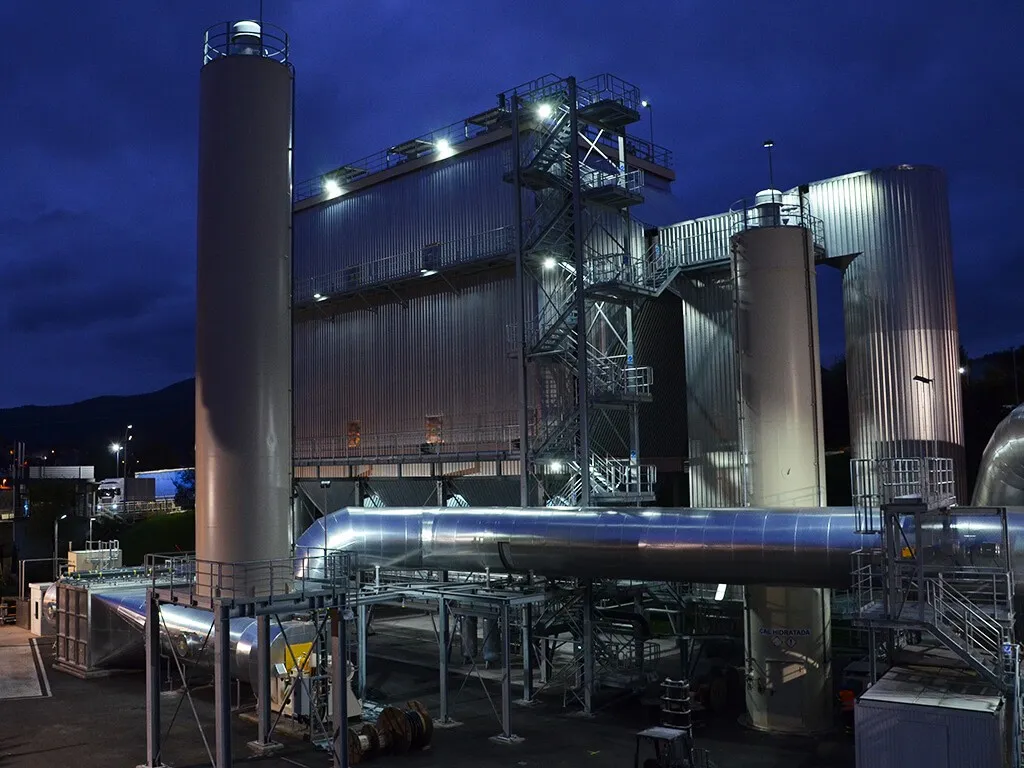As industries worldwide face increasingly stringent environmental regulations and the need to minimize their carbon footprint, finding innovative ways to enhance air pollution control and reduce emissions is paramount. In this pursuit, Electrostatic Precipitators (ESPs) play a pivotal role. But what happens when existing ESPs fall short of modern emission standards? The answer lies in ESP retrofitting, a cost-effective and sustainable solution that not only extends the lifespan of equipment but also boosts its performance. This blog delves into the art of unlocking the potential of ESP retrofitting in various industrial environments, shedding light on its benefits and key considerations.
Understanding Electrostatic Precipitators (ESPs):
Before we explore ESP retrofitting, it’s essential to comprehend the significance of ESPs in controlling air pollution. ESPs are air pollution control devices widely used in various industries, including power generation, cement, steel, and more. Their primary function is to remove fine particulate matter and aerosols from industrial flue gases before they are released into the atmosphere. ESPs operate on the principle of electrostatic attraction, effectively capturing tiny particles using charged plates and electrodes.
The Need for ESP Retrofitting:

In the face of evolving environmental regulations, many older ESPs may struggle to meet today’s stringent emission standards. This can result in operational inefficiencies, higher maintenance costs, and a greater environmental impact. Retrofitting offers a pragmatic solution. It involves upgrading or modifying the existing ESPs to enhance their performance, adapt to new requirements, and ensure compliance with current emission standards.
Benefits of ESP Retrofitting:
- Improved Efficiency: Retrofitting can significantly enhance the collection efficiency of ESPs, ensuring that more particulate matter is captured and fewer emissions are released.
- Extended Lifespan: It’s often more economical to retrofit an ESP than replace it entirely, thereby extending its operational life.
- Energy Savings: Upgraded ESPs tend to be more energy-efficient, resulting in reduced power consumption and operational costs.
- Environmental Compliance: Retrofitting enables industries to meet the latest environmental regulations, minimizing the risk of non-compliance.
- Reduced Downtime: The process is typically quicker and less disruptive than the installation of entirely new equipment, minimizing production downtime.
Key Considerations for ESP Retrofitting:
- Thorough Assessment: An initial assessment of the existing ESP is crucial to identify areas that require modification or replacement.
- Technology Upgrades: Consider incorporating modern control systems, power supplies, and high-efficiency components.
- Emission Standards: Ensure that the retrofit meets or exceeds current emission standards and future-proof your facility.
- Maintenance Planning: Develop a comprehensive maintenance plan to keep the retrofitted ESP in optimal condition.
Conclusion:
ESP retrofitting is a sustainable and cost-effective approach to air pollution control that brings aging systems up to modern standards. By improving efficiency, reducing emissions, and extending the lifespan of existing equipment, industries can simultaneously enhance their environmental performance and bottom line. Unlocking the potential of ESP retrofitting is more than a practical choice; it’s a commitment to a greener and more sustainable future for all.







